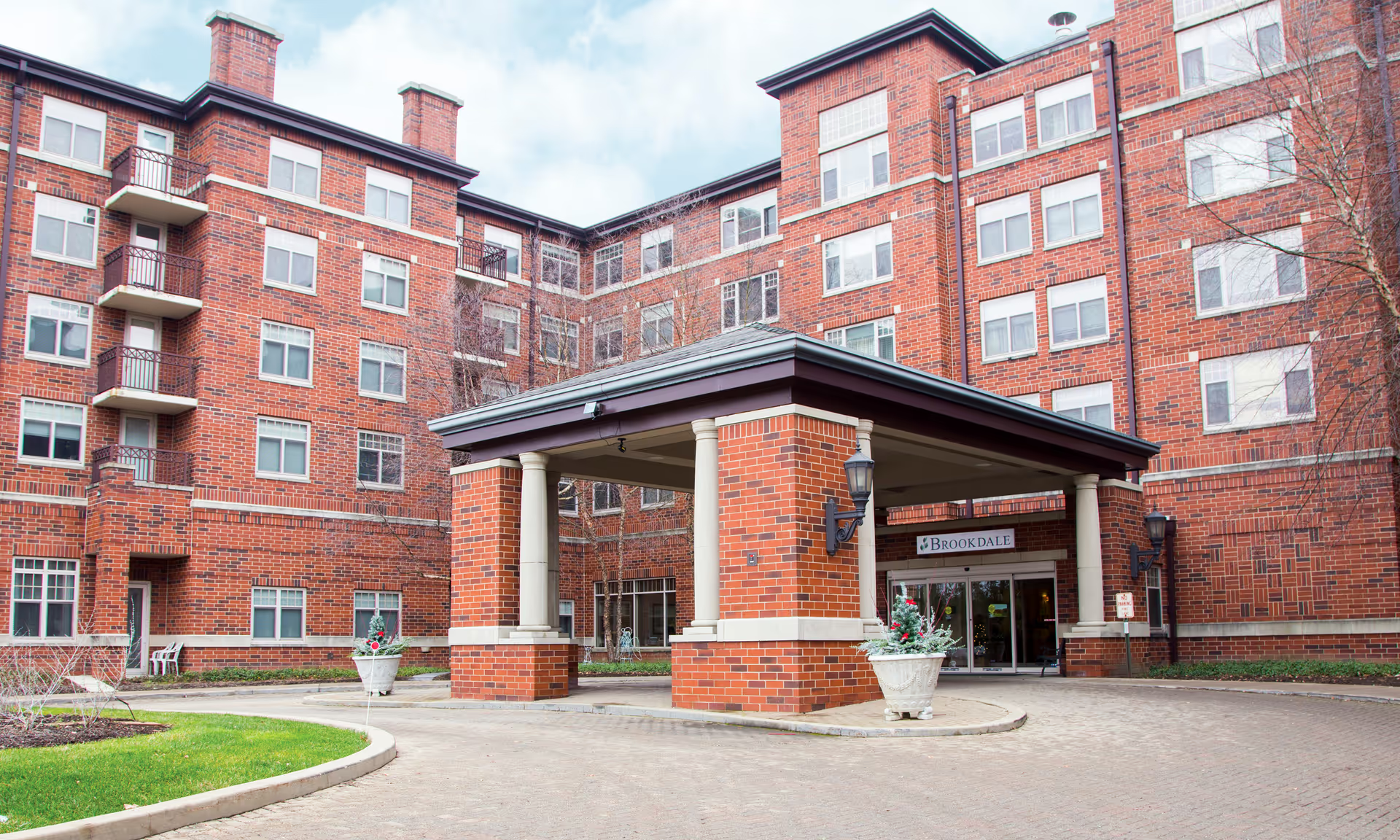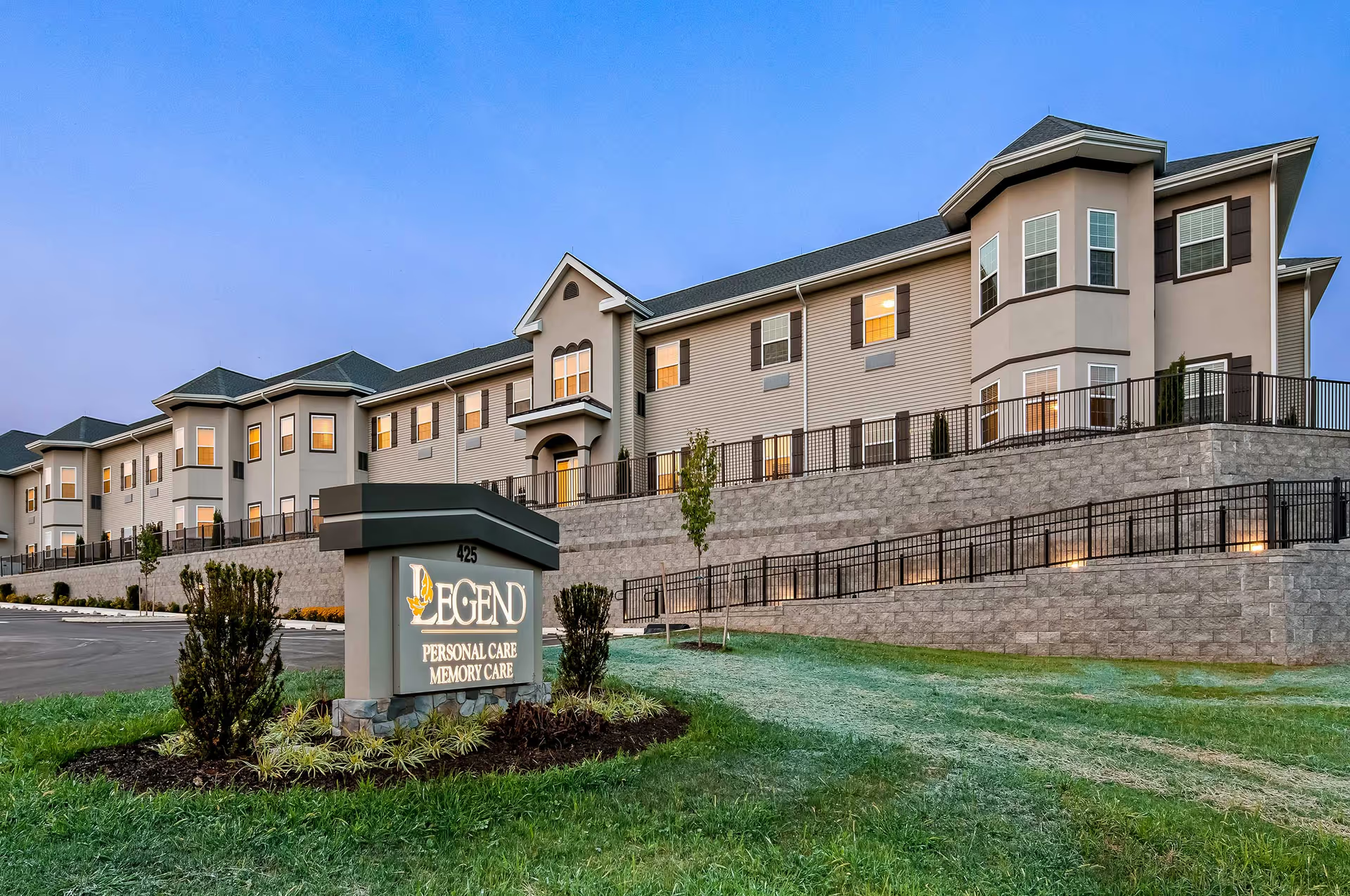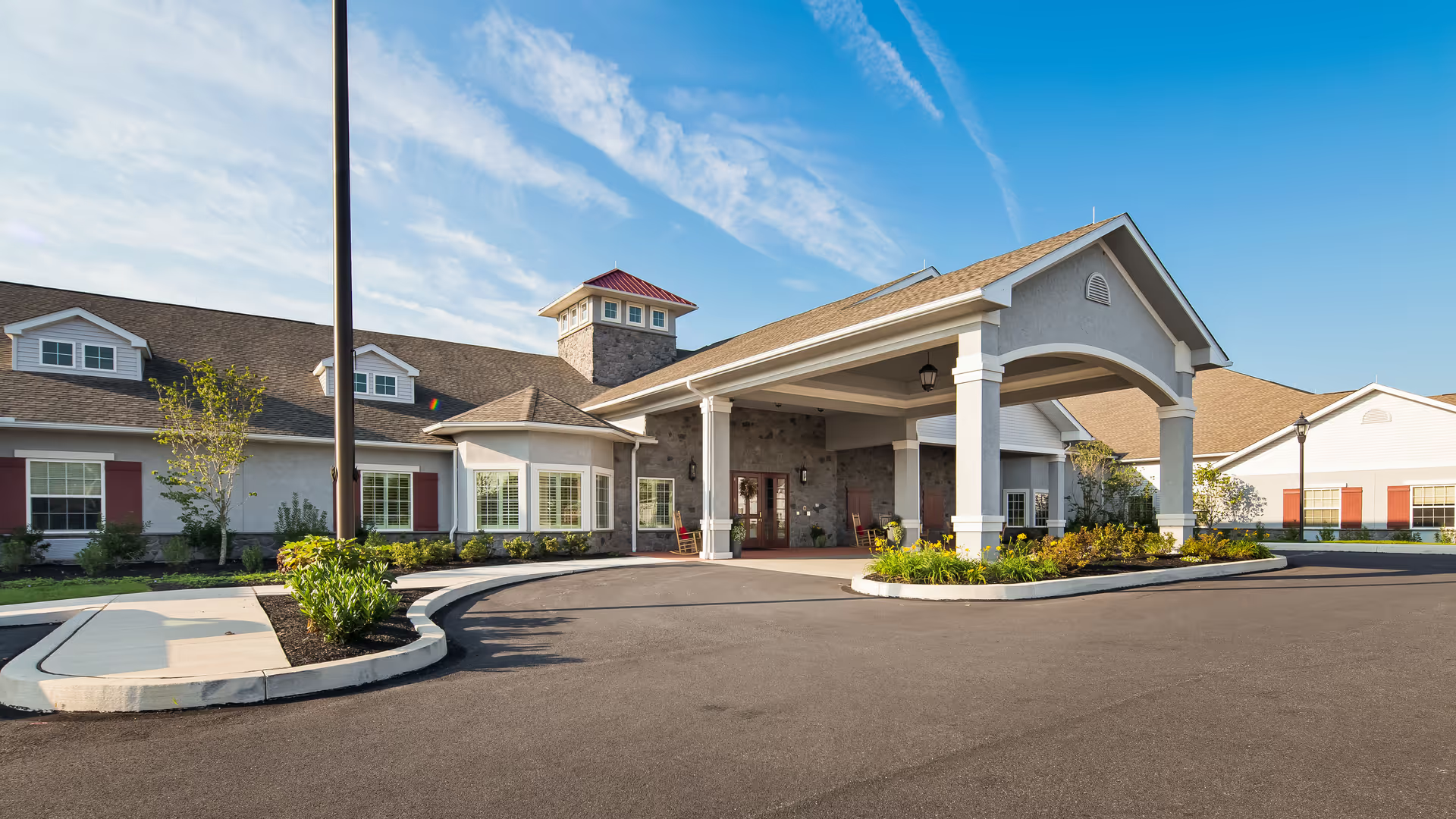Overall impression: The reviews for Willowbrook Rehabilitation And Care Center are strongly mixed, with a clear split between accounts of compassionate, competent care and accounts of serious safety and staffing failures. Several reviewers praise personal interactions, therapy services, the physical condition of the building, and leadership figures; others describe lapses in basic clinical duties, unsafe incidents, and inadequate dementia training. The pattern suggests inconsistency in care that may vary by shift, unit (especially the Alzheimer's/dementia hall), or over time.
Care quality and safety: A frequent and serious theme among the negative reviews involves missed clinical tasks and safety incidents. Multiple reviewers reported missed medications, vitals not being checked, and even missed meals. There are specific, troubling examples cited such as a wheelchair left in a fall-risk position that resulted in a resident falling, a patient slipping on the floor, and staff allegedly laughing at an incident. These reports point to failures in basic monitoring, equipment handling, and incident response. At least one reviewer urged that the facility 'should be shut down,' which signals the intensity of concern among some family members. Conversely, other reviews describe good medication, hygiene, and therapy management, indicating the quality of clinical care may be inconsistent across staff or shifts.
Staffing, training, and dementia care: Staffing and training emerge as central issues. Several reviewers praised CNAs as knowledgeable, attentive, and compassionate, and some complimented the administrator, director of nursing (DON), and assistant DON for being friendly and skilled. However, an opposing set of reviews reported inexperienced CNAs, staff unfamiliar with the Alzheimer's unit, and general staff shortages with moments when no staff were visible. The Alzheimer’s/dementia care shortcomings are particularly notable: reviewers say CNAs confuse patients or lack appropriate training for memory-care needs. This mixture of strong leaders and well-trained staff in some reports, versus understaffed or undertrained personnel in others, points to variability in hiring, training, scheduling, or retention.
Facilities, meals, and therapy: The physical facility is consistently described as clean and well-kept; several reviewers highlighted a pleasant environment and 'wonderful meals' with adequate snacks. Therapy services (physical and speech therapy) are mentioned positively in multiple summaries, and some reviewers note timely appointments and attention to residents' therapy needs. These comments suggest that when staff and processes are operating well, the facility can provide a good standard of daily living, nutrition, and rehabilitation services.
Management and responsiveness: Management perceptions are mixed. Some reviewers explicitly commend the administrator and nursing leadership (DON/ADON) as helpful and knowledgeable, and they report that staff are well trained. Others criticize management as poor, cite staffing issues that they attribute to administrative failings, and report delayed nurse responses. The contrast indicates that leadership presence and effectiveness may vary by time or that there are isolated leadership successes not consistently translated to all staff levels or shifts.
Patterns and overall assessment: The dominant pattern is variability. Positive reviews emphasize compassionate CNAs, competent therapies, clean facilities, and friendly leadership; negative reviews emphasize clinical errors (missed meds/vitals), safety incidents and falls, poor attitudes, and inadequate dementia training. Because safety-related complaints (missed meds, falls, unprofessional incident handling) are serious, they weigh heavily in an overall risk assessment despite positive aspects like good meals, cleanliness, and some strong clinical leaders.
Implications for families and next steps: Families evaluating Willowbrook should treat the feedback as a caution to conduct targeted inquiries and observations. Ask the facility about staffing ratios by shift, fall-prevention protocols, medication administration and auditing processes, dementia-specific staff training, incident reporting and follow-up, and recent state inspection results. Request to meet the DON/ADON and observe the Alzheimer’s/dementia unit during different times of day. Where possible, get references from current residents’ families and verify whether the positive leadership and training reported by some reviewers are consistent and sustained. The mixed reviews suggest Willowbrook has strengths to build on but also significant operational and safety gaps that should be clarified before entrusting a vulnerable resident to their care.







